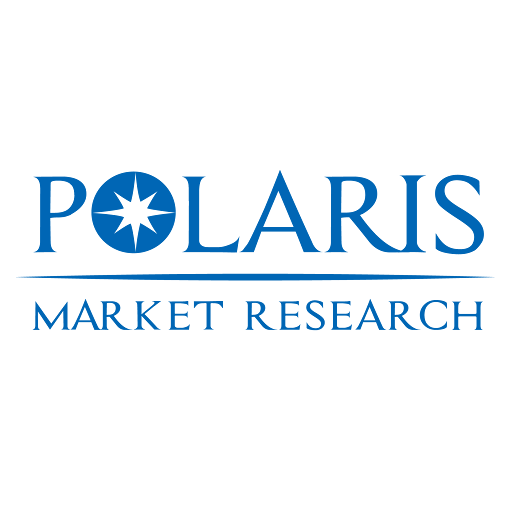Global Transplantation Market Poised for Strong Growth Amid Advances in Immunosuppressive Therapy

The global transplantation market was valued at USD 8.33 billion in 2020 and is expected to grow at a CAGR of 11.5% during 2021–2028, driven by rising organ failure prevalence, advances in immunosuppressive therapies, and expanding transplant infrastructure worldwide. While transplantation remains a life-saving intervention for end-stage organ diseases, market dynamics are heavily influenced by regional disparities in donor availability, regulatory frameworks for organ allocation, healthcare funding, and access to post-transplant care. Unlike many medical markets, growth here is not solely demand-driven; it is tightly constrained by ethical, logistical, and biological bottlenecks that vary dramatically across geographies.
North America, led by the United States, accounts for the largest share of global transplantation activity and market revenue. According to the U.S. Department of Health and Human Services’ Organ Procurement and Transplantation Network (OPTN), over 42,000 organ transplants were performed in the U.S. in 2023—a record high—yet more than 100,000 patients remain on the national waiting list. This persistent gap fuels demand for advanced immunosuppressants, perfusion technologies, and diagnostic tools to monitor graft rejection. Medicare and private insurers provide comprehensive coverage for transplants and lifelong immunosuppression, enabling high procedure volumes. However, challenges persist: geographic inequities in organ distribution, donor shortages, and the high cost of novel therapies like belatacept limit broader access. Canada operates a publicly funded but decentralized system, with transplant rates varying by province; Health Canada’s stringent approval process for biosimilars also affects the affordability of post-transplant regimens.
Europe presents a more coordinated but ethically cautious landscape. Eurostat data shows that EU countries collectively perform over 35,000 solid organ transplants annually, with Spain consistently ranking as the world leader in deceased donor rates—thanks to its opt-out consent system and robust hospital coordination under the National Transplant Organization (ONT). Germany, France, and the UK also maintain high-volume programs, supported by universal healthcare coverage. The European Medicines Agency (EMA) facilitates centralized approval of immunosuppressive drugs, though national health technology assessment (HTA) bodies often impose cost-effectiveness hurdles. A key regional trend is the adoption of ex-vivo organ perfusion systems, which extend organ viability and enable transplantation of marginal grafts—technologies increasingly reimbursed under Germany’s innovative G-DRG system. Nevertheless, Eastern European nations lag due to underfunded transplant centers and lower public trust in donation systems.
The Asia Pacific region exhibits the most divergent dynamics. Japan’s Ministry of Health, Labour and Welfare reports modest transplant numbers—fewer than 200 deceased donor transplants annually—due to cultural and legal barriers, despite high rates of liver and kidney disease. In contrast, South Korea has developed a sophisticated living-donor transplant ecosystem, with over 1,500 kidney transplants performed in 2022, supported by the National Health Insurance Service’s full coverage. China has dramatically reformed its transplant system since 2015, transitioning to a voluntary citizen donation model; the Red Cross Society of China now oversees a national registry, and transplant volumes have steadily increased, though international scrutiny over past practices continues to affect global collaboration. India performs over 20,000 kidney transplants yearly—mostly living donor—facilitated by low-cost private hospitals catering to medical tourists, yet deceased donation remains minimal due to fragmented infrastructure and lack of uniform legislation across states. Regulatory pathways for immunosuppressants are evolving, with India’s Central Drugs Standard Control Organisation (CDSCO) fast-tracking approvals for critical post-transplant medications.
Read More @ https://www.polarismarketresearch.com/industry-analysis/transplantation-market
Latin America and the Middle East & Africa remain underdeveloped but show pockets of progress. Brazil’s public health system (SUS) covers transplants, and the country performs over 6,000 kidney transplants annually, per data from the Brazilian Ministry of Health. However, long waiting times and regional disparities persist. In the Gulf, Saudi Arabia and the UAE have invested in transplant centers as part of healthcare diversification under Vision 2030 and similar initiatives, yet donor rates remain low due to sociocultural factors. Most of Sub-Saharan Africa faces critical shortages in transplant surgeons, ICU beds, and immunosuppressive drug access, with only South Africa and Tunisia maintaining consistent programs.
Key restraints include chronic organ shortages, high treatment costs, risk of graft-versus-host disease, and long-term side effects of immunosuppression. Opportunities lie in xenotransplantation breakthroughs, tolerance-inducing therapies, and digital health tools for remote patient monitoring. A defining trend is the integration of precision immunosuppression protocols guided by biomarker testing, while organ preservation innovation, living donor support frameworks, and transplant registry standardization are enhancing outcomes. Simultaneously, cross-border organ sharing initiatives and ethical donor recruitment campaigns are gaining traction as systemic enablers.
- Novartis AG
- Pfizer Inc.
- Sanofi
- AbbVie Inc.
- Johnson & Johnson
- Veloxis Pharmaceuticals
- Mallinckrodt Pharmaceuticals
More Trending Latest Reports By Polaris Market Research:
Sustainable Manufacturing Market
Textured Vegetable Protein Market
- AI
- Vitamins
- Health
- Admin/office jobs
- News
- Art
- Causes
- Crafts
- Dance
- Drinks
- Film
- Fitness
- Food
- الألعاب
- Gardening
- Health
- الرئيسية
- Literature
- Music
- Networking
- أخرى
- Party
- Religion
- Shopping
- Sports
- Theater
- Wellness


